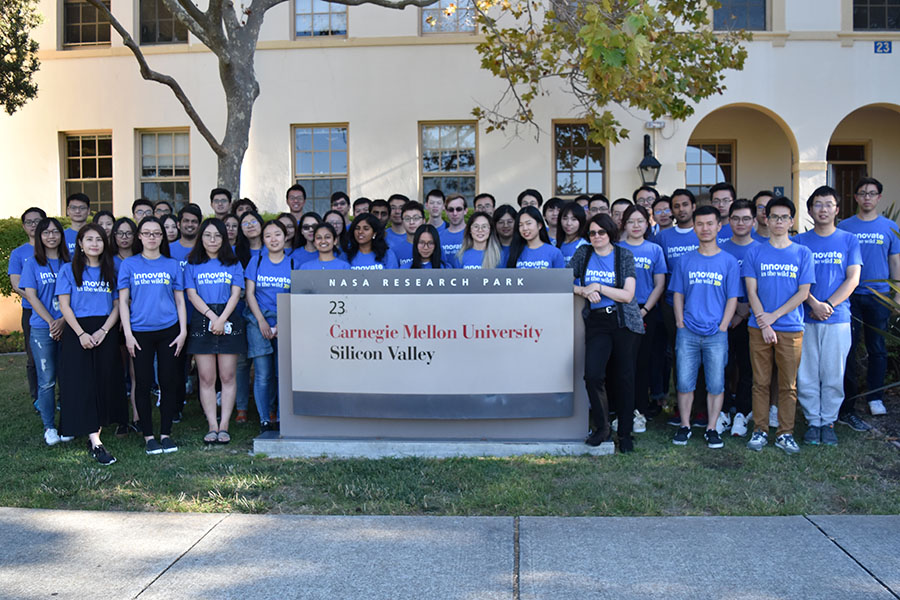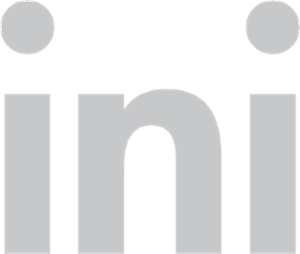
Showcasing Practicum Projects at CMU Silicon Valley
By Jessica Corry
Throughout the fall 2018 semester, Information Networking Institute (INI) bicoastal master's students have innovated in the wild through practicum projects sponsored by tech companies, startups and government agencies. At this event, INI students will showcase their practicum work in computing, mobile systems and security through dynamic presentations and project exhibits.
Thank You To Our Sponsors

BitClave
Carnegie Mellon University
Citi
Common Sense Media
Demisto
Ericsson
Google
Matrix
NASA
SLAC National Accelerator Laboratory
Visa
Featured Stories
Fall 2018 Projects
BitClave: Protecting Personal Privacy in Blockchain-Based Advertising and Retail
Sharing personal data with untrusted parties over a public blockchain comes with many challenges. This team identified, implemented, tested, and evaluated candidate technologies that will play a role in BitClave’s blockchain-based platform.
CMU: Building Privacy-Preserving-Yet- Verifiable IoT Services
Popular cloud-based IoT services collect a significant amount of potentially sensitive information from end users. This team redesigned an existing cloud-based, data-intensive IoT service to protect private user data while allowing the service provider to verify correct execution of service in an off-cloud platform.
CMU/Ericsson: Traffic Monitoring with Volumetric Display and Holograms
Large cities monitor city traffic using multiple video feeds, but could 3D volumetric capture improve understanding? This team simulated traffic scenarios both on multiple camera feeds and through an augmented reality device, and evaluated performance through a user study.
CMU/Google: Physical Space Change Analysis Through Vibration Sensing
Vibration sensing can be used to detect human activity in a physical space. This project deployed vibration sensors, combined with room reconfiguration, to see if it is possible to affect behavior change based on measurable results.
Citi: Identification of Executive Impersonation on Social Media
Spoofing the identities of senior executives online is an increasingly common way of perpetuating fraudulent activities. This team identified methods and techniques for accurate and rapid identification of impersonated accounts and developed processes to streamline the take-down method.
Common Sense Media: Shine the Light: Building the Flashlight
California’s 2003 “Shine the Light” law was intended to help citizens understand how their information has been shared, but it is hard to use in practice. Students built an easy-to-use web portal to submit Shine the Light requests, protect users’ privacy, and allow users to opt-in to sharing information about their experiences.
Demisto: Capability Analysis
Cloud deployments move and change too quickly for organizations to rely on manual resources. This team devised ways to integrate cloud service platforms to an aggregator platform that does security orchestration and automation, providing a novel approach to integrate third-party cloud platforms like AWS, Google Cloud and Microsoft Azure within Demisto.
Matrix: Matrix Mobile App
Monarch software is a global media ad sales platform. The team redeveloped the Monarch mobile app experience, including the integration of voice functionality, which identifies users’ common mobile tasks and optimizes those experiences.
Matrix: Creation of a Sales OMS/OMS Link for Digital Advertising Execution
Students built a new front-end portal that incorporates two key components: a pricing and planning engine, and an execution. This platform allows a media sales team to streamline the steps it takes to bring an advertising campaign from proposal to implementation.
NASA: Optimization of Airport Surface Planning and Scheduling
This team demonstrated the use of probabilistic modeling and analysis tools to develop and implement scalable control and optimization algorithms to improve surface operations at large airports. This work can reduce baggage delays.
SLAC: Clean Coin
This team developed a peer-to-peer energy exchange platform using blockchain technology to enable and manage microservice transactions on the distribution grid. Clean Coin highlights how blockchain can serve as an innovative tool for community-governed resources within a solar microgrid framework towards achieving 100% clean energy for all.
SLAC: Future Farming
Low margins and high potential risks are barriers to adopting new and cleaner energy resources in agriculture. Future Farming seeks to optimize energy use, reduce costs, and enable a cleaner farming industry by developing a system that can manage the loads, identify inefficiencies in solar generation, and aggregate different sources of sensor data from farms.
SLAC: Visualization and Analytics for Distributed Energy Resources (VADER)
In its current state, the power distribution system is incapable of handling solar photovoltaic (PV) generation at scale. The VADER platform (Visualization and Analytics of Distributed Energy Resources) solves engineering challenges from ubiquitous distributed energy sources. Students contributed to building the infrastructure to integrate and unify a large number of disparate sensor sources to enable power distribution system planning and operations.
Visa: Anti Reverse-Engineering JavaScript Obfuscation Engine
Computer browsers operate in an untrusted environment. This team evaluated options to scramble JavaScript code while not changing its functionality, and measured tradeoffs in performance. Successful obfuscation ensures that the critical business logic contained in JavaScript cannot be easily revealed or reverse engineered.
